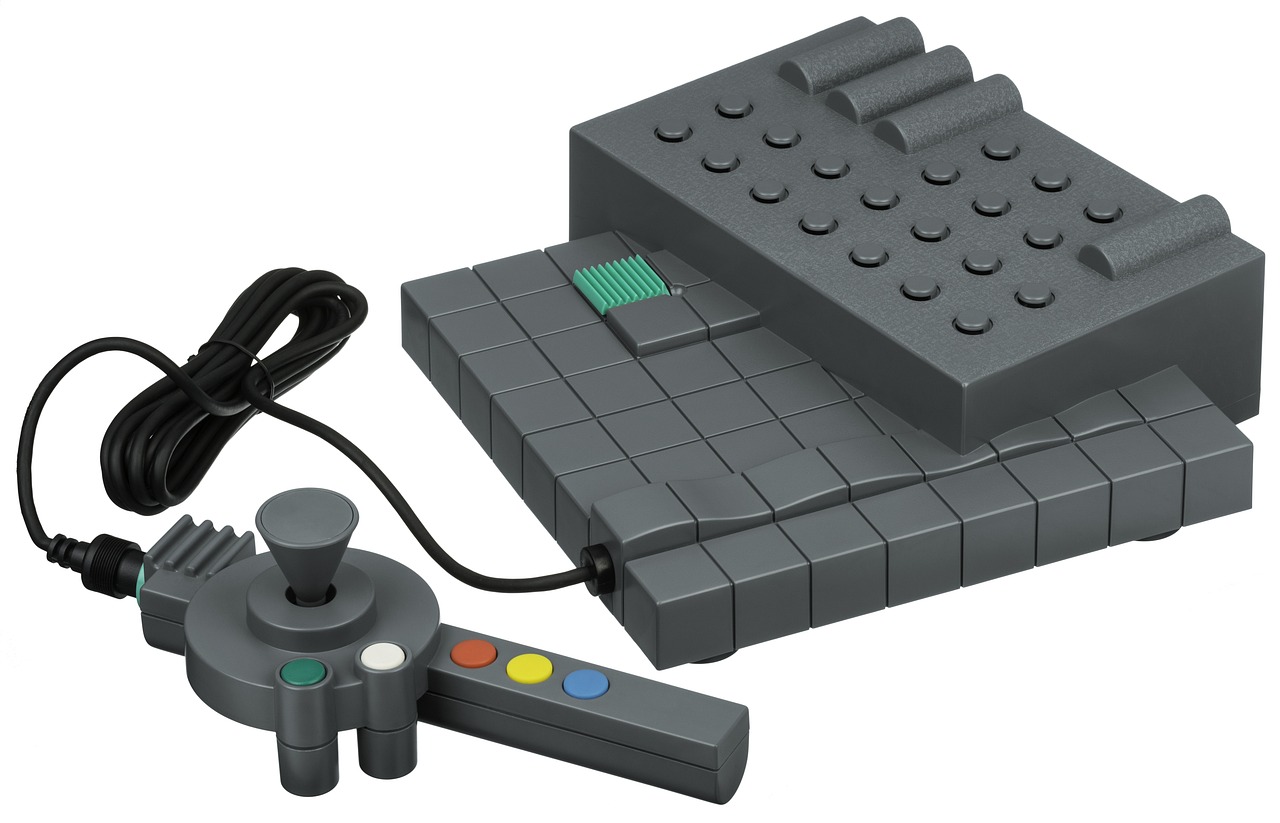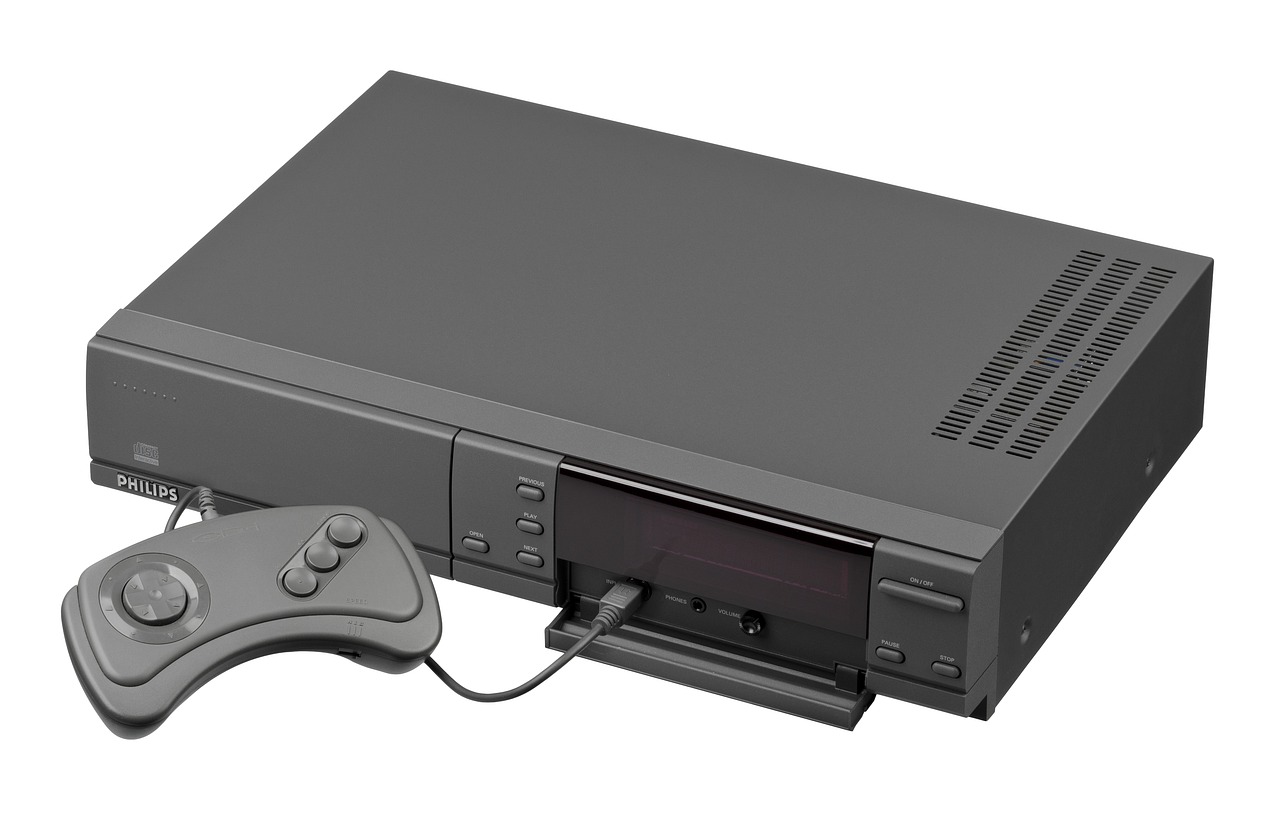PLC Controller Connection to PC Host: A Step-by-Step Guide
This step-by-step guide provides a detailed overview of the process to connect a PLC controller to a PC host. It covers the essential components and configurations needed to establish a successful connection, such as the PLC controller, PC host, and communication software. The guide also explains how to configure the necessary settings to ensure smooth communication between the two devices. Additionally, it provides troubleshooting tips to help resolve any issues that may arise during the connection process. By following this guide, users can establish a reliable and efficient PLC-to-PC connection, allowing for better monitoring and control of industrial automation systems.
PLC (Programmable Logic Controller) controllers are widely used in industrial automation systems, providing a highly reliable and efficient way to control and monitor machines and processes. When it comes to connecting a PLC controller to a PC (personal computer) host, there are several important steps that need to be followed to ensure a smooth and successful connection. This guide will provide a detailed overview of the process, from the initial setup to the final testing phase.

1. Understanding the Basics
Before attempting to connect the PLC controller to the PC host, it is essential to have a basic understanding of both devices and their respective functions. The PLC controller is designed to handle industrial automation tasks, such as controlling machines or processing data, while the PC host is used for tasks like data processing, storage, and communication. It is important to understand how these two devices can work together to achieve desired automation outcomes.
2. Selecting the Appropriate Connection Method
The next step is to determine the appropriate connection method between the PLC controller and PC host. There are several options available, including wired and wireless connections. Wired connections are typically more reliable and provide a stable data transfer rate, while wireless connections offer greater flexibility and are easier to set up. However, it is important to note that wireless connections may have limited data transfer rates and may be subject to interference from other sources.
3. Setting Up the Connection
Once the appropriate connection method has been selected, it is time to set up the actual connection between the PLC controller and PC host. This process may vary depending on the specific devices and software being used. However, generally speaking, it involves connecting the two devices together using cables or wirelessly connecting them via a network interface. Additionally, it may also involve configuring the software on both devices to enable communication between them.
4. Testing the Connection

Once the connection has been set up, it is essential to test it to ensure that it is working properly. This testing process should include sending data from the PC host to the PLC controller and vice versa to ensure that communication is occurring in both directions. Additionally, it should also include testing the response time of the system to ensure that it meets the desired performance standards.
5. Troubleshooting and Support
If any issues arise during the testing phase, it is important to identify and resolve them as quickly as possible. This may involve checking cables for damage or verifying software configurations on both devices. Additionally, it may also require contacting technical support for assistance in diagnosing and resolving any remaining issues.
6. Conclusion
Once all of these steps have been completed successfully, you will have established a stable and reliable connection between your PLC controller and PC host. This connection will enable you to control and monitor your industrial automation system from anywhere in the world with an internet connection, significantly increasing efficiency and productivity while reducing operating costs.
Articles related to the knowledge points of this article:
Motion Controller and PLC: The Importance of Their Integration
PLC Controller Selection Guidelines
Controller PLC Demand Analysis
PLC Controller Fails to Power On